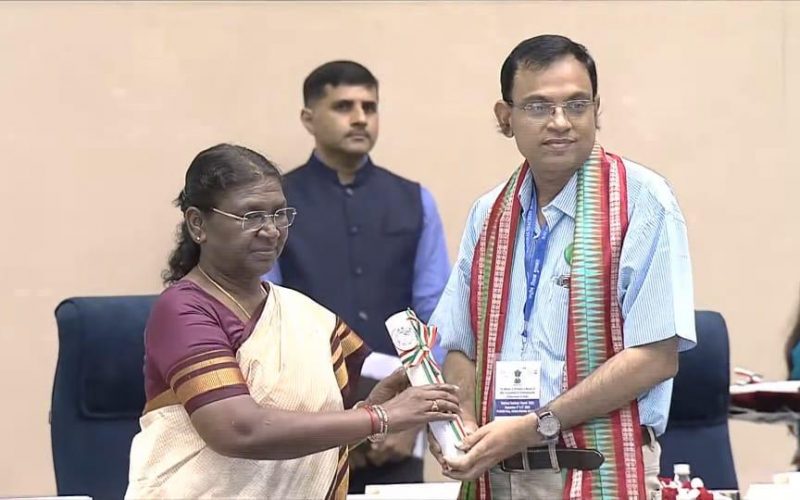
National Award for Prof. Suman Chakraborty on Teachers Day 2023
Teaching is much more than just imparting knowledge, it is an inspiring change. Learning is more than absorbing facts, it is acquiring understanding. When we recall our own education, we remember the teachers not methods and techniques. The belief of a teacher on his/her student can make them achieve wonders. Teachers are the root of an education system and can change lives with just the right mix of chalk and challenges. Teaching is the profession that teaches us all the other professions. On this momentous occasion of Teachers Day 2023, Prof. Suman Chakraborty, a professor in the Mechanical Engineering Department…


